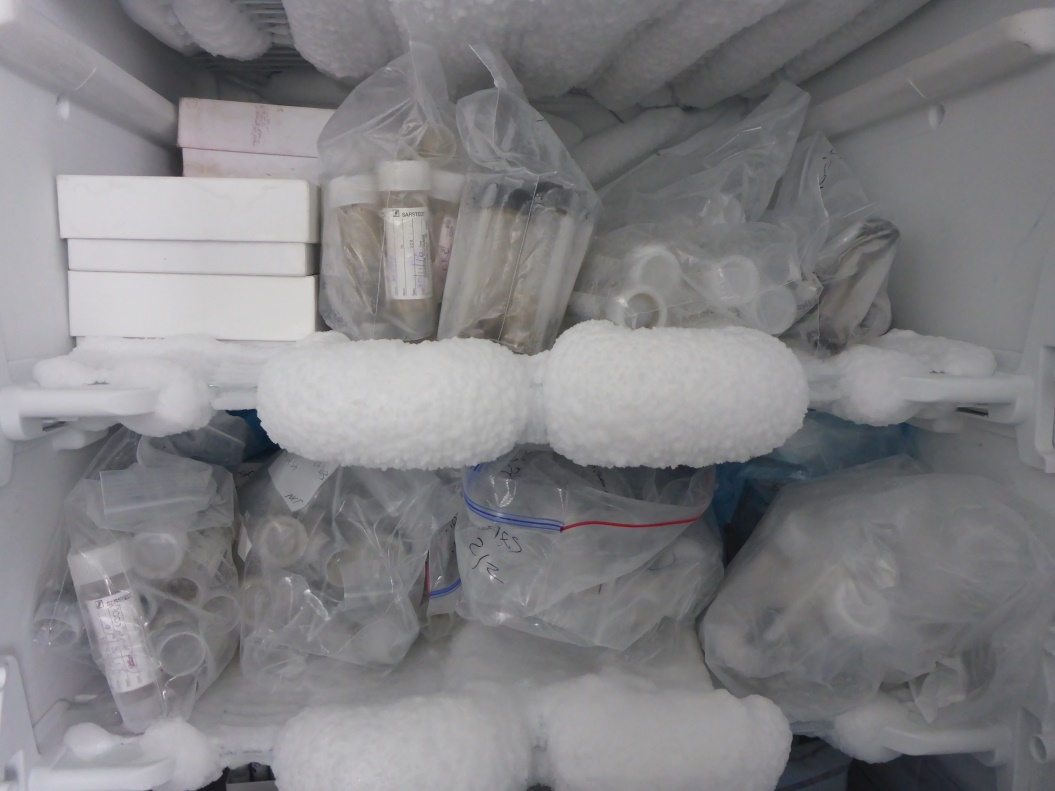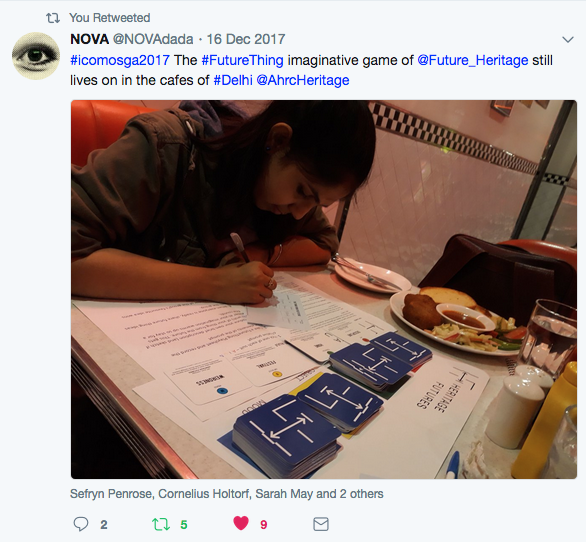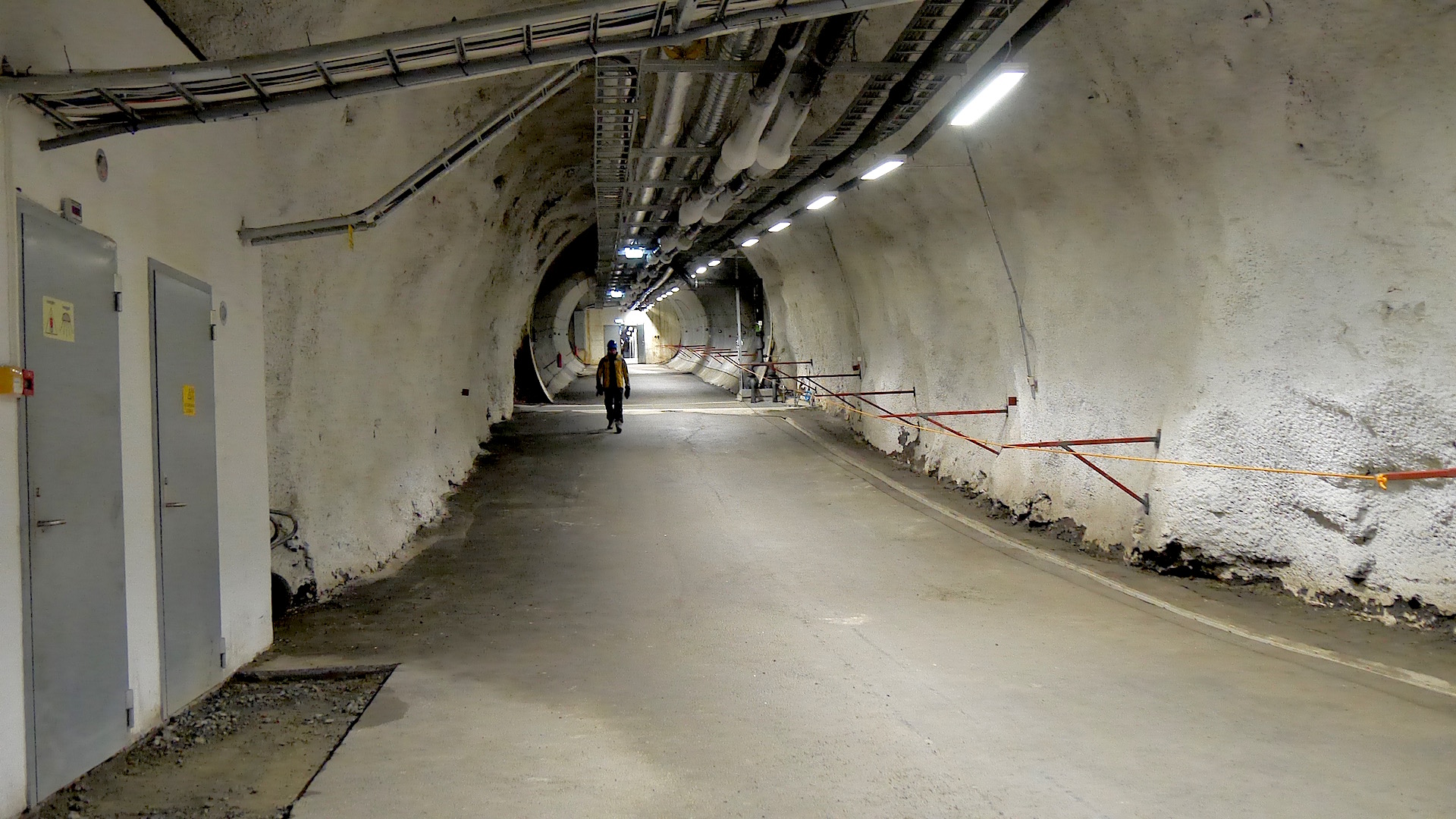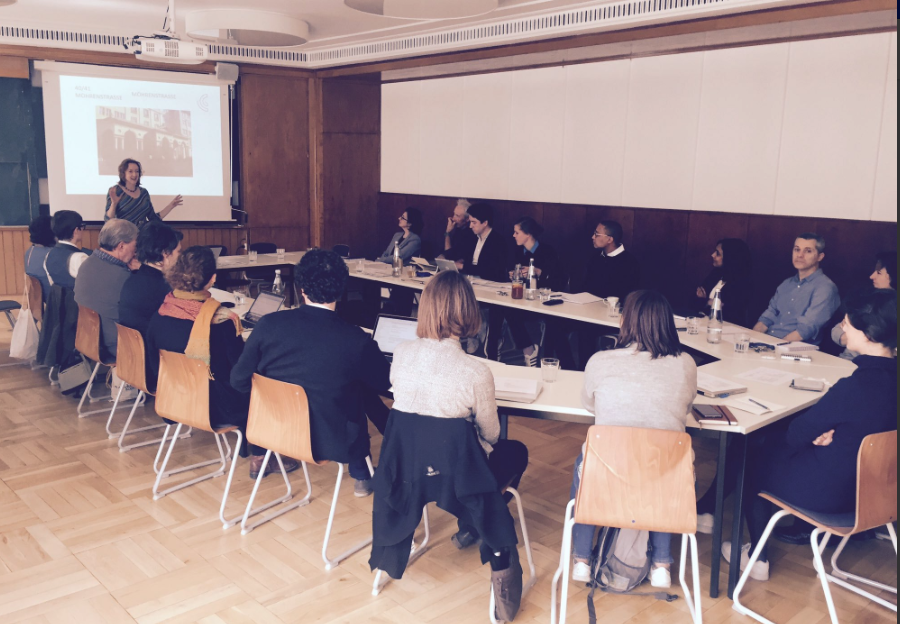How are biological, cultural, genetic, and linguistic diversity categorised and conserved, and what can one field learn from another?
Diversity is a term that, since its emergence, has become the currency of natural and cultural heritage protection. There is a perception of a future in crisis due to the threat of biological, cultural, linguistic and genetic homogeneity. Organisations tasked with preventing this potential crisis are charged with determining and selecting forms of diversity in order to project them into an uncertain future, and in doing so, they each create their own, distinctive futures. This theme explored ethnographically a range of domains concerned with practices of categorisation, preservation and management of different forms of diversity in comparative perspective. While the potential for innovation in knowledge transfer across some of these fields has recently been acknowledged, such thinking has not been widely pursued. We explored the range of practices undertaken across various different heritage domains which share an aim in the maintenance of ecological, cultural, linguistic and biological diversity, and the values associated with these practices. In doing so, we have aimed to articulate the potential for innovative forms of knowledge exchange and the development of shared work practices between them, as well as the ways in which their boundaries might be challenged, reconfigured or removed.
Heritage Futures at the 2018 Association of Critical Heritage Studies Conference
06/09/2018
Members of the Heritage Futures research team will be convening and presenting at seven sessions at the Association for Critical Heritage Studies 2018 conference at Zheijang University in Hangzhou, China from 1st-6th September.
If you’re heading there, come check out (at least) one of our sessions. Or follow our twitter @Future_Heritage and website for updates resulting from these sessions.
Heritage Futures Exhibition: Manchester Museum
14/12/2018 — 30/11/2020
Rodney Harrison
Cornelius Holtorf
Sharon Macdonald
Caitlin DeSilvey
Sefryn Penrose
Sarah May
Jennie Morgan
Nadia Bartolini
Esther Breithoff
Harald Fredheim
Antony Lyons
Anders Högberg
Kyle Lee Crossett
Robyn Raxworthy
Gustavo Araoz
Tim Badman
Francesco Bandarin
Saida Engstrom
Loyd Grossman
John Orna-Ornstein
Ingrid Samuel
Heritage Futures
04/09/2016
IUCN World Conservation Congress, Hawaii
Rodney Harrison
Cornelius Holtorf
Sharon Macdonald
Caitlin DeSilvey
Sefryn Penrose
Sarah May
Jennie Morgan
Nadia Bartolini
Antony Lyons

Nordgen
The search for ‘improved’ yield and resilience in crop varieties has resulted in increased homogeneity ...
Rodney Harrison, Caitlin DeSilvey, Cornelius Holtorf, Sharon Macdonald, Nadia Bartolini, Esther Breithoff, Harald Fredheim, Antony Lyons, Sarah May, Jennie Morgan, and Sefryn Penrose. 2020. Heritage Futures Comparative Approaches to Natural and Cultural Heritage Practices. UCL Press.
28/07/2020
Rodney Harrison
Cornelius Holtorf
Sharon Macdonald
Caitlin DeSilvey








